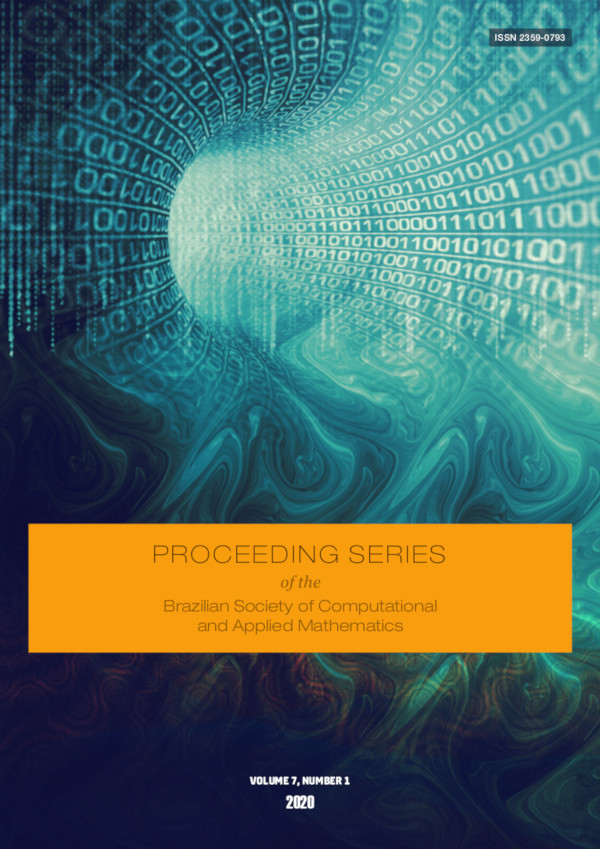Methane Dispersion in Wetland Areas of Mato Grosso – Brazil
DOI:
https://doi.org/10.5540/03.2020.007.01.0398Palavras-chave:
Mathematical Modeling, Greenhouse Gases, Finite Elements Method (FEM)Resumo
In this paper, we propose a mathematical model that represents the process of methane dispersion, produced by the decomposition of organic matter by bacteria in anaerobic media, such as flooded areas. Because the methane is one of the greenhouse gases that contributes about 20% of the causes of global warming, this study will contribute to understanding the process that occurs in the lower atmosphere and what actions can be taken to minimize the problem. For a better visualization, the model was implemented through the finite element method, via Galerkin method, for spatial discretization and by Crank-Nicolson for temporal discretization, through a numerical code written in MatlabTM environment, which made it possible to generate animations to the evolutionary process of dispersion of methane into the atmosphere.

